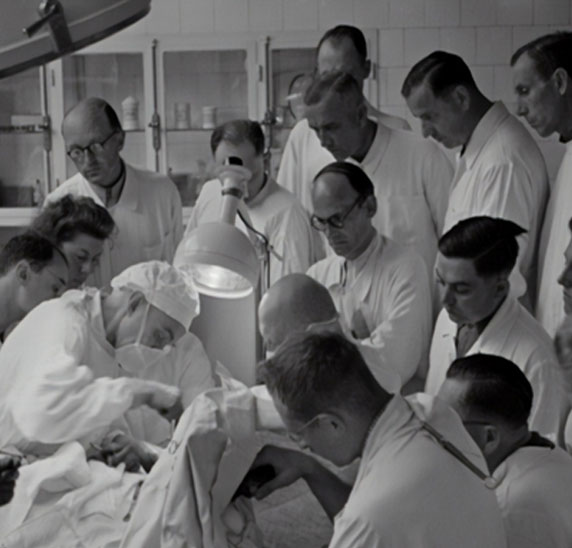What Is General Surgery?
General surgeons care for a wide range of conditions, from cancer to obesity. General surgery is a surgical specialty that focuses on the complex and interrelated organs in the abdomen. These include

Surgical Diagnosis
Unless it is an emergency, you and your physician may discuss surgery as a way to correct your condition upon diagnosis. This decision is based on careful evaluation of your personal medical history and subsequent medical tests, such as blood tests, X-rays, MRI, CT scan, electrocardiogram, or other laboratory work performed to determine the exact diagnosis.
Types of surgery
1. Optional or elective surgery
A procedure you choose to have, which may not necessarily be essential to continue a good quality of life. An example would be to have an unsightly mole or wart removed.
2. Required surgery
A procedure which needs to be done to ensure quality of life in the future. An example would be having kidney stones removed if other forms of medication and treatments are not working. Required surgery, unlike emergency surgery, does not necessarily have to be done immediately.
3. Urgent or emergency surgery
This type of surgery is done in reaction to an urgent medical condition, such as acute appendicitis. Learn more about emergency surgery

Purpose of surgery
Surgery, whether elective or required, is done for a multitude of reasons. A patient may have surgery to:

Types of surgery
Surgery, whether elective or required, is done for a multitude of reasons. A patient may have surgery to:
Types of Anesthesia
During surgery, you will be given some form of anesthesia – medication administered for the relief of pain and sensation during surgery. The type and dosage of anesthesia is administered by the anesthesiologist. When a patient faces surgery, he or she will meet with the anesthesiologist or nurse anesthetist before the procedure. The anesthesiologist will review the patient’s medical condition and history to plan the appropriate anesthetic for surgery.
There are various forms of anesthesia. The type of anesthesia you will receive will depend on the type of surgery and your medical condition. Usually, an anesthesiologist will administer a sedative in addition to the anesthetic. The different types of anesthesia include the following:
Local anesthesia
Local anesthesia is an anesthetic agent given to temporarily stop the sense of pain in a particular area of the body. A patient remains conscious during a local anesthetic. For minor surgery, a local anesthetic can be administered via injection to the site. However, when a large area needs to be numbed, or if a local anesthetic injection will not penetrate deep enough, physicians may use regional anesthetics.
Regional anesthesia
Regional anesthesia is used to numb only the portion of the body which will receive the surgical procedure. Usually an injection of local anesthetic is given in the area of nerves that provide feeling to that part of the body. There are several forms of regional anesthetics, two of which are described below:
1. Spinal anesthetic
a spinal anesthetic is used for lower abdominal, pelvic, rectal, or lower extremity surgery. This type of anesthetic involves injecting a single dose of the anesthetic medication into the subarachnoid space, which surrounds the spinal cord. The injection is made into the lower back, below the end of the spinal cord, and causes numbness in the lower body. In some situations, such as a prolonged procedure, continuous spinal anesthesia may be used. A thin catheter (hollow tube) is left in place in the subarachnoid space for additional injections of the anesthetic agent, which ensures numbness during the length of the procedure
2. Epidural anesthetic
The epidural anesthetic is similar to a spinal anesthetic and is commonly used for surgery of the lower limbs and during labor and childbirth. This type of anesthesia involves continually infusing an anesthetic medication through a thin catheter (hollow tube). The catheter is placed into the space that surrounds the spinal cord in the lower back (just outside the subarachnoid space), causing numbness in the lower body. Epidural anesthesia may also be used for chest surgical procedures. In this case, the anesthetic medication is injected at a higher location in the back to numb the chest and abdominal areas.
3. General anesthesia
general anesthesia is an anesthetic used to induce unconsciousness during surgery. The medication is either inhaled through a breathing mask or tube, or administered through an intravenous line (a thin plastic tube inserted into a vein, usually in the patient’s forearm). A breathing tube may be inserted into the windpipe to maintain proper breathing during surgery. Once the surgery is complete, the anesthesiologist ceases the anesthetic and the patient wakes up in the recovery room.



